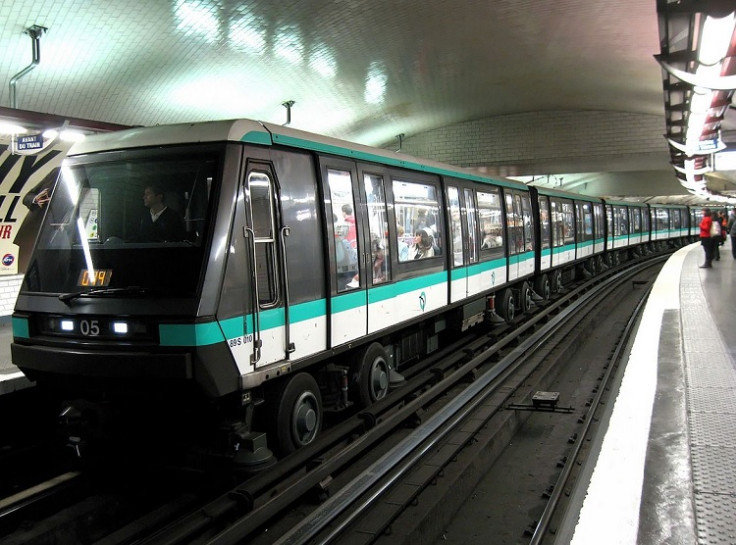Gendered perspectives are crucial for women's security in public transport
Having equitable access to transportation can make a big difference in increasing women's productivity and promoting gender equality, according to recent data by Rumbo.

Recent data from WhereIsMyTransport, creators of the public transportation app Rumbo, reveals women are more likely to use public transport to travel than men, making it crucial to call for a gendered perspective in public transportation.
Transportation is an important element of national infrastructure and plays a key role in gender equality. This is why it's important to emphasise gender-responsive transport infrastructure as it directly affects a woman's opportunities to access paid work.
Building transportation with a gendered perspective helps reinforce the trend of women shouldering the burden of unpaid care work and helps reinforce gender inequality, and helps make commuting much safer for them. However, gender issues are often overlooked in transport development projects across the world.
The need for a more gendered perspective in transformation
Having equitable access to transportation can make a big difference in increasing women's productivity and promoting gender equality. Having a gendered perspective aims at equalising access to transport in order to distribute work and economic, social and political opportunities among women and men in all aspects of life.
The main goal of gender-equal transport systems is to provide access to safe, affordable, accessible and sustainable transport systems for everyone. This means improving road safety with special attention to the needs of those in vulnerable situations, women, children, persons with disabilities and older persons.
Disadvantages of traditional public transportation systems
Travelling using traditional public transport systems requires passengers to change routes and modes of transport many times to get to their destination.
These extra stops that women have to take make the journey more complicated. It also means that these trips cost additional money, and also put their safety at risk, which their male counterparts are less likely to face.
Formal public transportation systems are frequently undeveloped or nonexistent in many nations. As a result, unofficial public transportation systems predominate. It can be much more difficult for the billions of women who use public transportation every day.
Although they serve an important purpose and are flexible enough to allow for such complicated journeys, their informal nature might make navigating a city challenging and difficult. For instance, travellers in Bangkok may be stuck in traffic for up to two hours a day.
As a result, it's crucial that anyone creating a product for public transportation keep a gendered perspective at the forefront of their design.
The impact of gendered perspective on transportation
Rumbo, a public transportation application which collected data from women commuters through ongoing engagements while using the app, was able to establish a deeper understanding of the reality of women's journeys.
By mapping public transport networks in multiple emerging-market megacities and by digitising every mode of formal and informal public transport through the app, they were able to highlight the difficulties many women face.
According to the data, commonalities amongst women showed the truth about sexual harassment and violence women experience while commuting, along with the differences between groups, and how travel patterns change when you have children.
The data also shows that women on average are 21 per cent more likely to use public transport to travel to work than men. The lack of gender consideration in transportation also leads to less security and safety for women.
The qualitative survey revealed that women travel for various things like studying, working, visiting relatives, or just for entertainment purposes. It also showed that 53 per cent of women in Mexico City and 44 per cent of women in Lima, frequently travelled by public transport outside of rush hour. It was also seen that women tend to travel less as daylight fades, due to a rise in security concerns. Data shows that only 9 per cent of women in Lima and 12 per cent in Mexico City travel after 8 p.m. at night.
This data contributes towards building a better understanding of women's mobility requirements, perception of public transport, and experiences of gender violence.
A more gendered perspective in transportation systems aids in making commuting quicker, safer, and cheaper. Along with contributing to economic growth, a good transport system also leads to socially sustainable development by broadening access to health and education services and employment, improving the exchange of information and promoting social cohesion.
Therefore, transportation should be accommodated in ways that effectively contribute to advancing gender equality and women's empowerment.
© Copyright IBTimes 2025. All rights reserved.





















